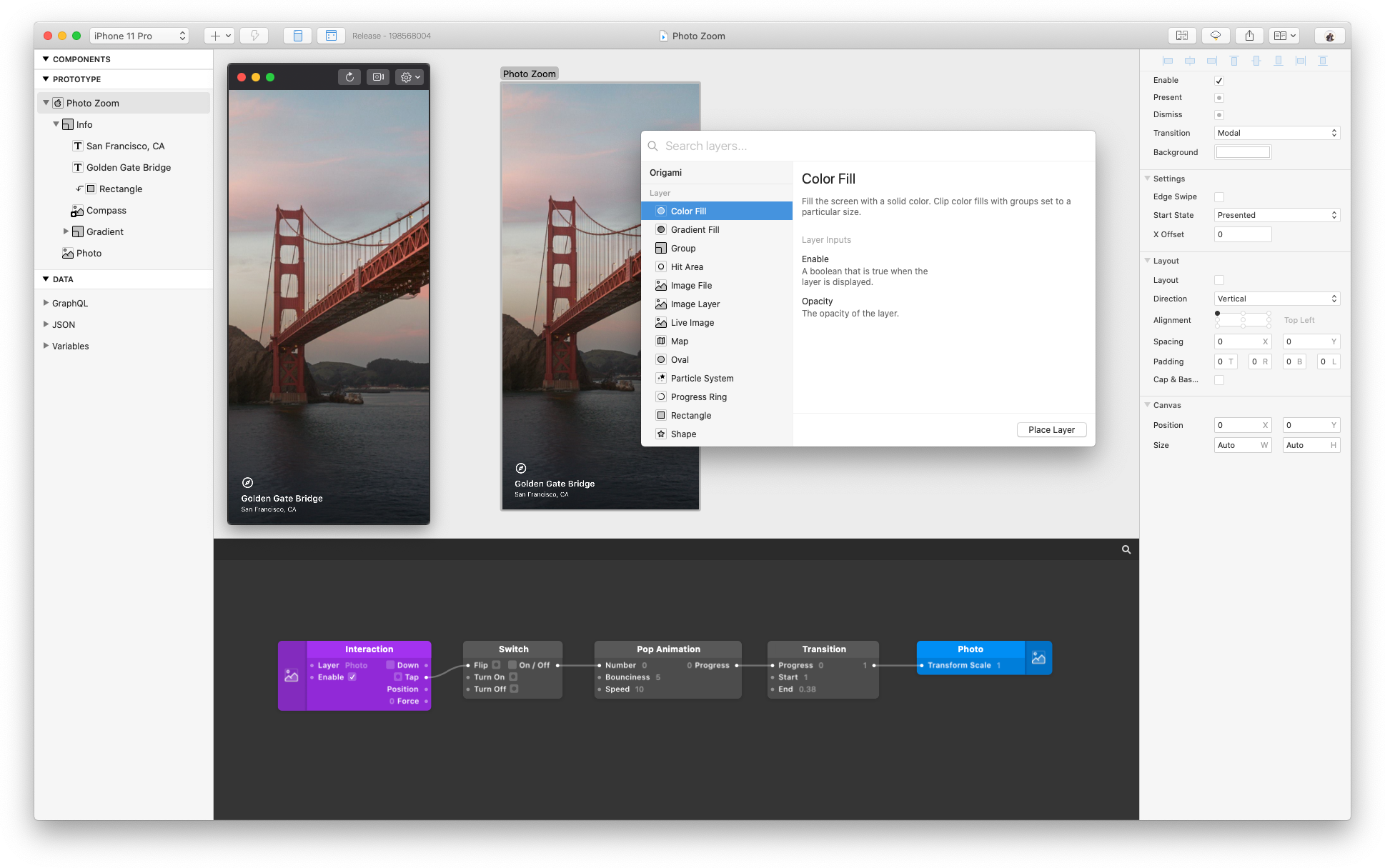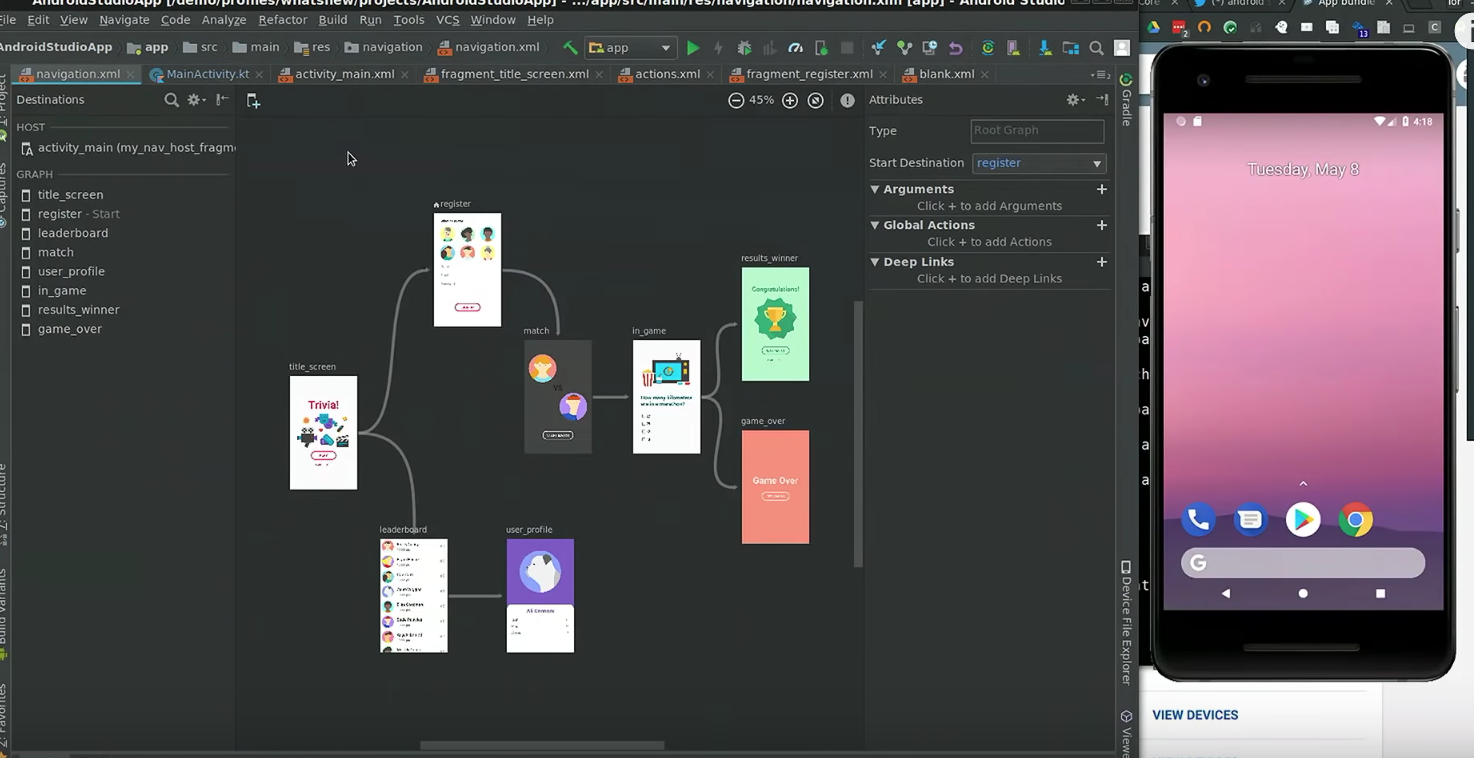

A desktop game that assumes GPU filters are fast, may find integrated GPUs taking too long to render each scene.įor more details on how to approach profiling, check out ARM’s guide on ‘The optimization process’ . Remember that many mobile phones and ChromeOS devices do not have discrete graphics cards. Instead, if you are using a large number of detailed, GPU based filters, your game is likely GPU-bound. For example, if it is taking a long time calculating and loading the vertices before the GPU begins rendering, your game may be CPU-bound. Using the profiling tips and tools below, attempt to determine where the system is “spending it’s time” each frame. In most cases, games will show themselves to either be “CPU-bound” or “GPU-bound”. If you are new to profiling, a good general approach is to: Improving the algorithm will improve the game on all devices. For example, an inefficient texture loading algorithm may “work fine” on higher end mobile devices, but not be able to keep up on a Chromebook with a 4k display. ChromeOS, with a tendency for larger displays and desktop input devices, may just surface certain issues more readily. Something to keep in mind when specifically optimizing your game’s performance on ChromeOS is that the underlying performance issues are shared across all devices, and improvements will benefit performance and battery life for all users. Below are some tips to help speed up the process. On ChromeOS, many tools are designed with ARM chipsets in mind. The many moving parts that need to be perfectly synchronized in a game combined with the complexity in a given scene can make understanding and isolating problems difficult.

While the files are copying, open a terminal ( Ctrl+ Alt+ T).

Once the extraction is complete, you can delete the TAR.GZ if you want. Back in the Archive Manager window, select all the folders and files and drag them into the window you opened in step 4.In my case, it's /home/zachary/Desktop/AndroidStudio/. Open a new Files window and navigate into the folder you created in step 2.You should see a bunch of files in the ZIP, like this.


 0 kommentar(er)
0 kommentar(er)
